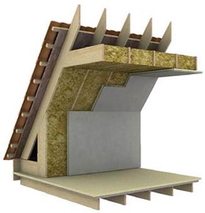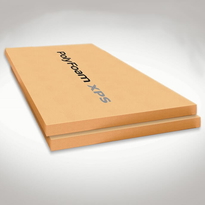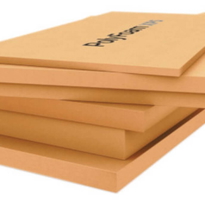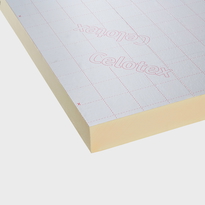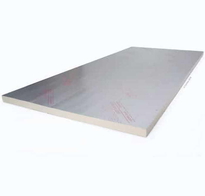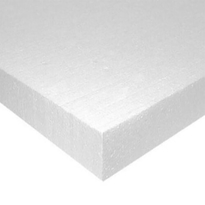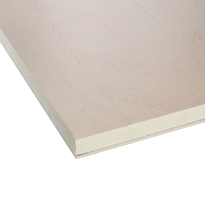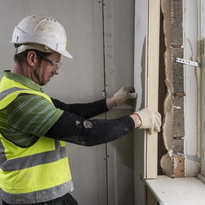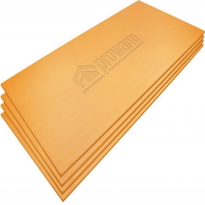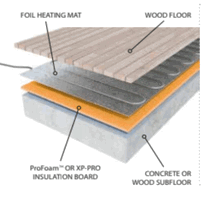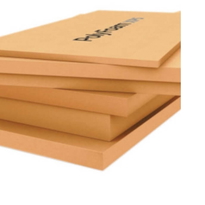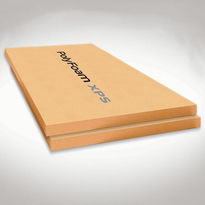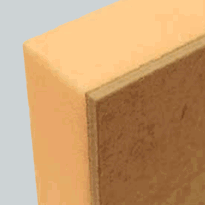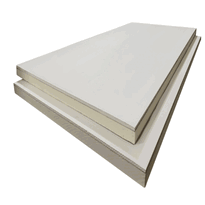Types of basement insulation materials
There are several primary types of basement insulation materials available in the UK, each with distinct properties, installation procedures, and suitability for various environments and budgets. Fibreglass insulation is commonly chosen for its affordability and ease of installation, making it accessible for DIY projects. Rigid foam boards are durable and provide high insulating values, making them ideal for basement walls where longevity is important. Faced fibreglass blankets are suitable for unfinished basements and require vapour barriers to prevent moisture issues. Radiant barrier insulation, primarily used in warmer climates, helps reduce heat gain. [These insulation materials can be combined to optimize thermal performance and moisture control.](https://scsfoam.com/blog/best-basement-insulations) Understanding these options enables homeowners to select insulation that balances performance, cost, and installation complexity while ensuring a secure, energy-efficient basement environment.
Benefits of Proper Basement Insulation
Proper basement insulation offers substantial benefits by enhancing energy efficiency, lowering long-term heating and cooling bills, and improving overall comfort within your property. Insulation reduces heat loss through basement walls and slabs, leading to savings of approximately 10 to 20 per cent on heating costs, particularly in colder regions of the UK. When combined with effective air sealing, this can result in an average reduction of around 11 per cent in total energy expenses. [Many insulation types contain recycled content](https://www.metrohomeinsulate.com/blog/insulation-stats), which further contributes to eco-friendly home improvement practices. Additionally, insulation helps maintain a consistent basement temperature, reducing the frequency of HVAC system cycling. This prolongs the lifespan of heating and cooling equipment and decreases wear and tear. Proper insulation also plays a critical role in preventing moisture ingress, which can lead to mould growth, compromise structural integrity, and attract pests. Using sustainable insulation materials, such as mineral wool, supports environmental objectives while providing enduring durability. Investing in quality basement insulation is a practical decision that leads to more efficient, safe, and comfortable living spaces in your UK home.
Optimal Installation and Moisture Management Strategies
Optimal installation and moisture management strategies are essential for effective basement insulation, laying the groundwork for enhanced thermal performance and the prevention of common issues such as mould and moisture intrusion. Implementing a methodical approach ensures all components work together harmoniously to preserve structural integrity and interior comfort.
When layering insulation materials, it's crucial to ensure proper overlap and secure fastening to minimise heat loss. Carefully position vapour barriers with appropriate overlaps, ensuring the uppermost layer fully covers the edges of the layer beneath. This practice prevents moisture migration and helps maintain a dry, healthy environment. Insulation should be firmly stapled or adhered, particularly around critical areas such as rim joists, to uphold the overall stability of the installation.
Effective moisture management extends beyond insulation installation. Adequate ventilation is vital for controlling humidity levels and reducing condensation risks. Furthermore, the use of vapour barriers, combined with waterproofing measures like sealing foundation cracks and installing drainage systems, helps safeguard against water ingress. [Proper ventilation reduces humidity](https://www.thisoldhouse.com/basements/21097117/how-to-insulate-your-basement), an important factor in preventing mold growth and maintaining a healthy basement environment.
Exterior insulation requires precise excavation and surface preparation to ensure effective application, while interior insulation must utilise moisture-resistant materials. Proper air sealing around all penetrations and joints is also essential in preventing unwanted air and moisture infiltration.
These combined efforts contribute to maintaining optimal humidity levels and preserving the durability of the structural elements.
Conclusion
Effective basement insulation requires selecting appropriate materials, such as foam boards or mineral wool batts, understanding their distinct advantages, and ensuring proper installation techniques. Additionally, managing moisture through adequate vapour barriers and climate control strategies is essential to prevent mould growth and structural damage. By adopting these practices, homeowners can improve energy efficiency, maintain a stable indoor environment, and extend the lifespan of the basement. Precision in material selection and installation is critical for achieving long-term insulation performance.

